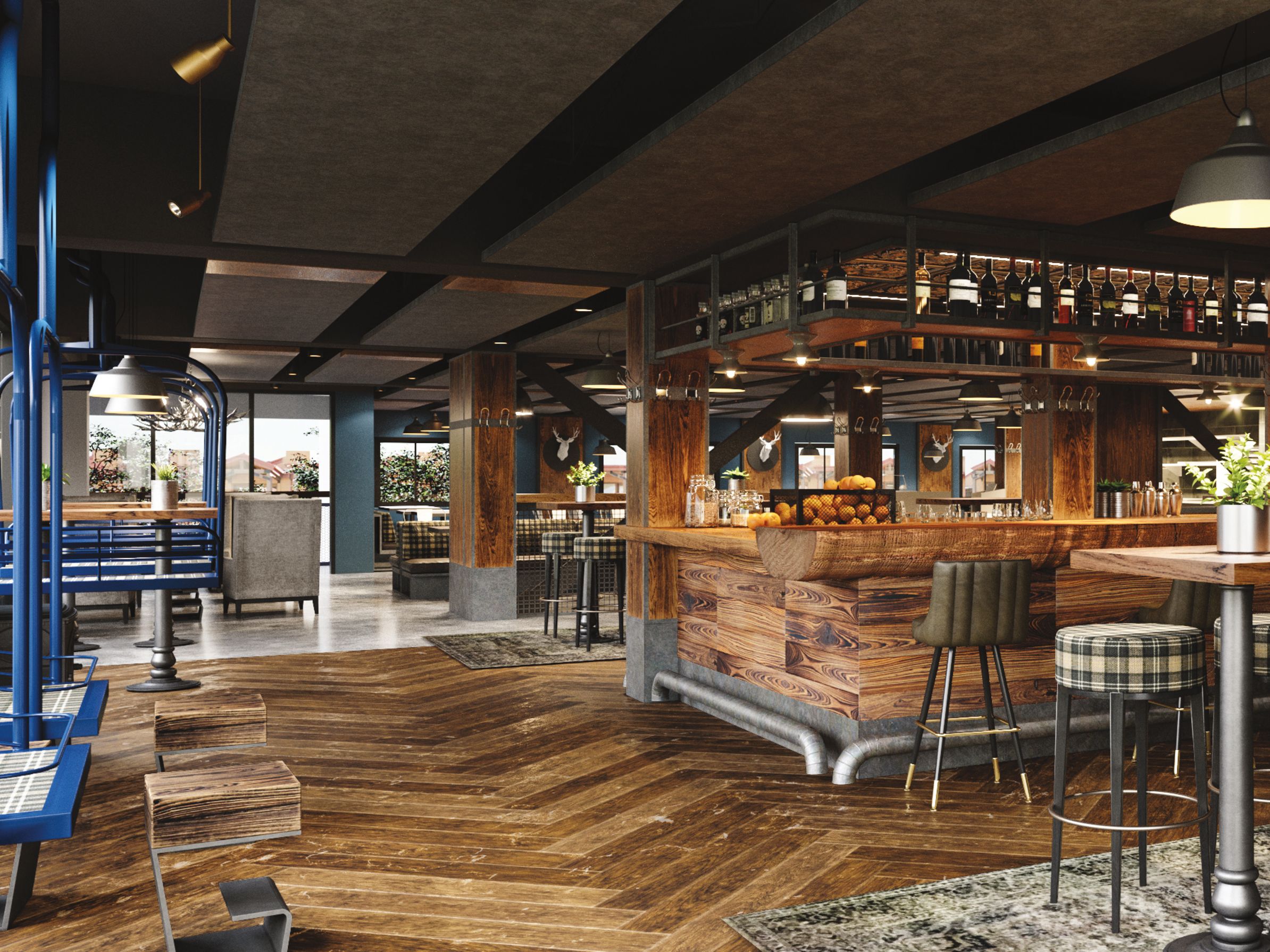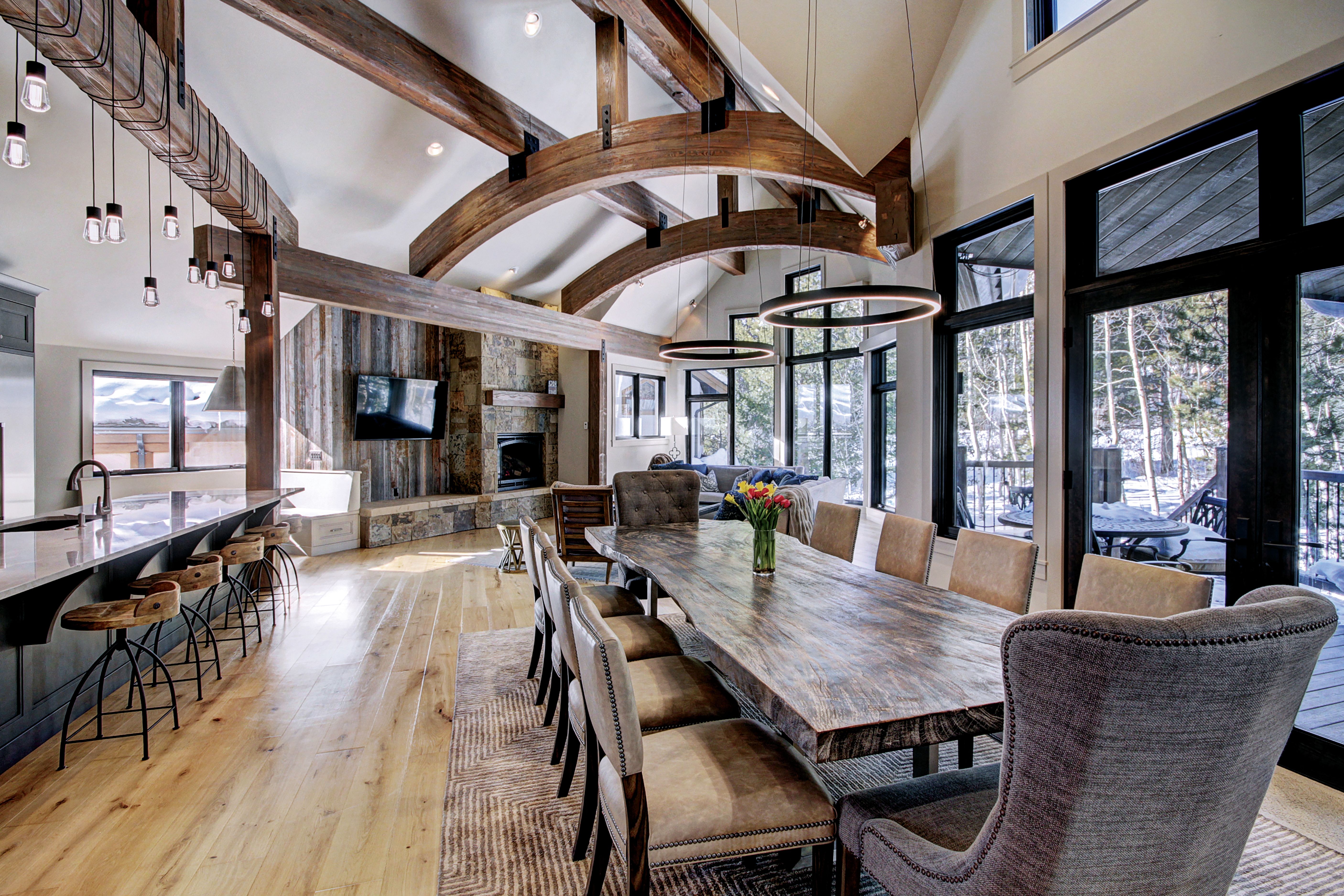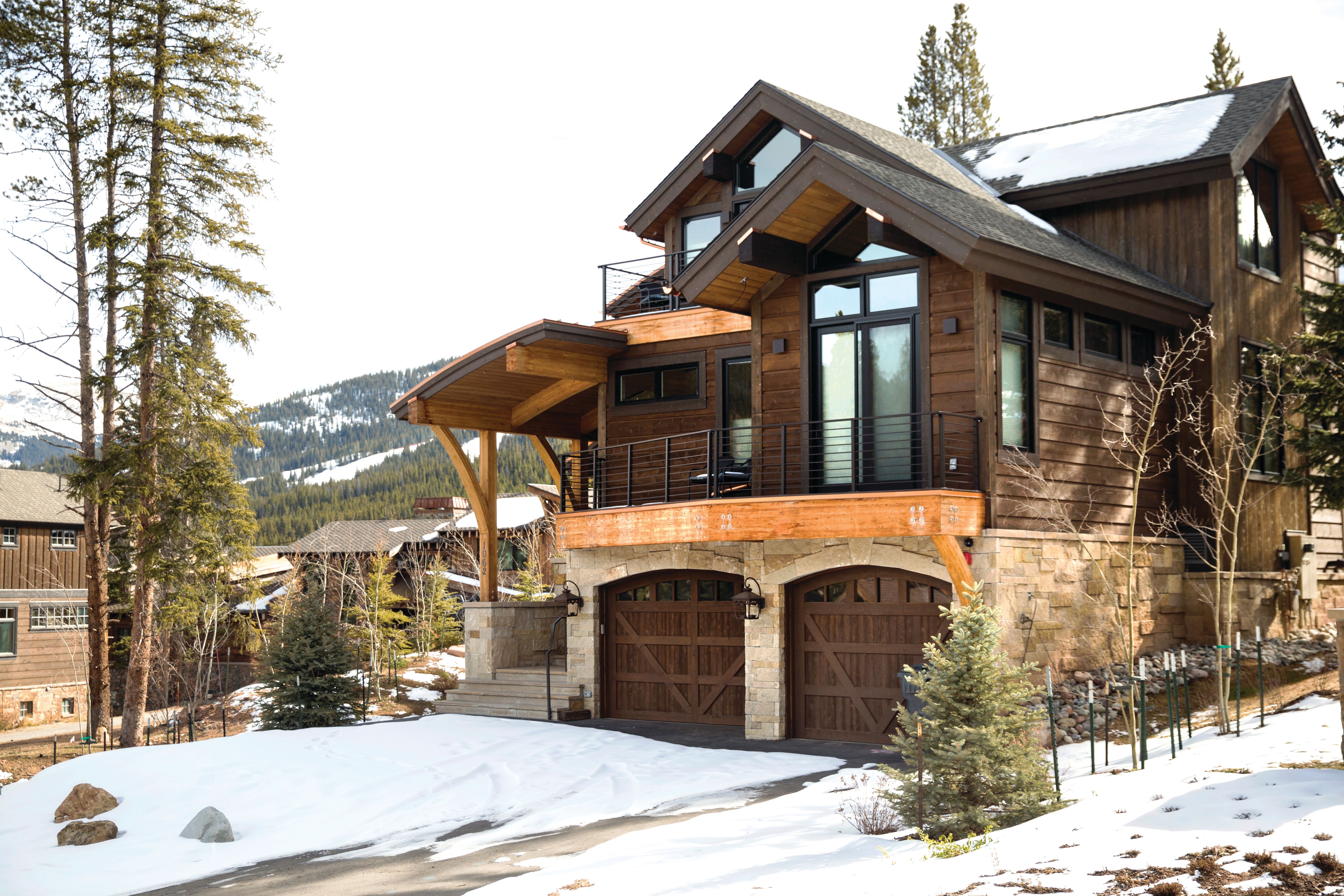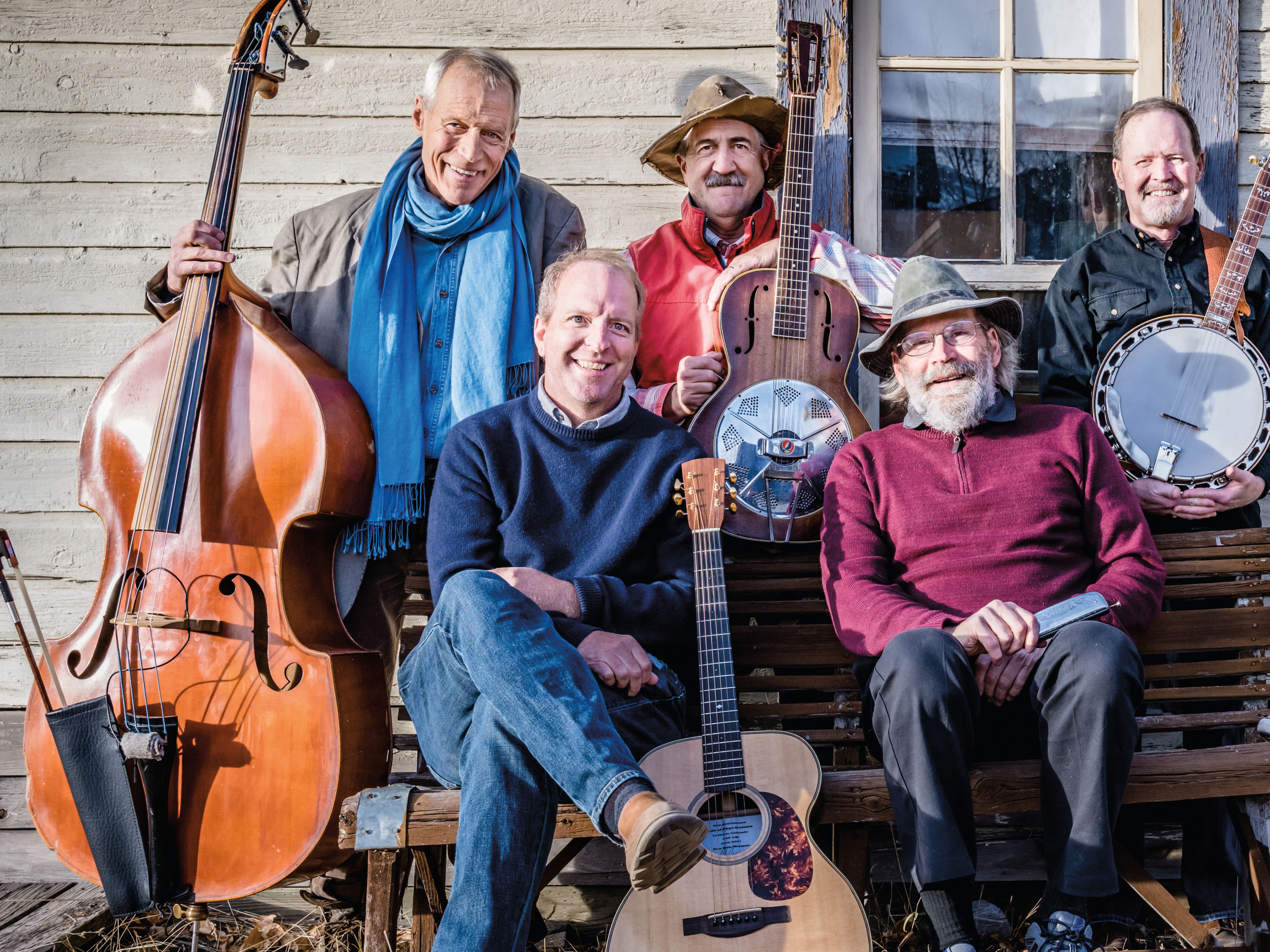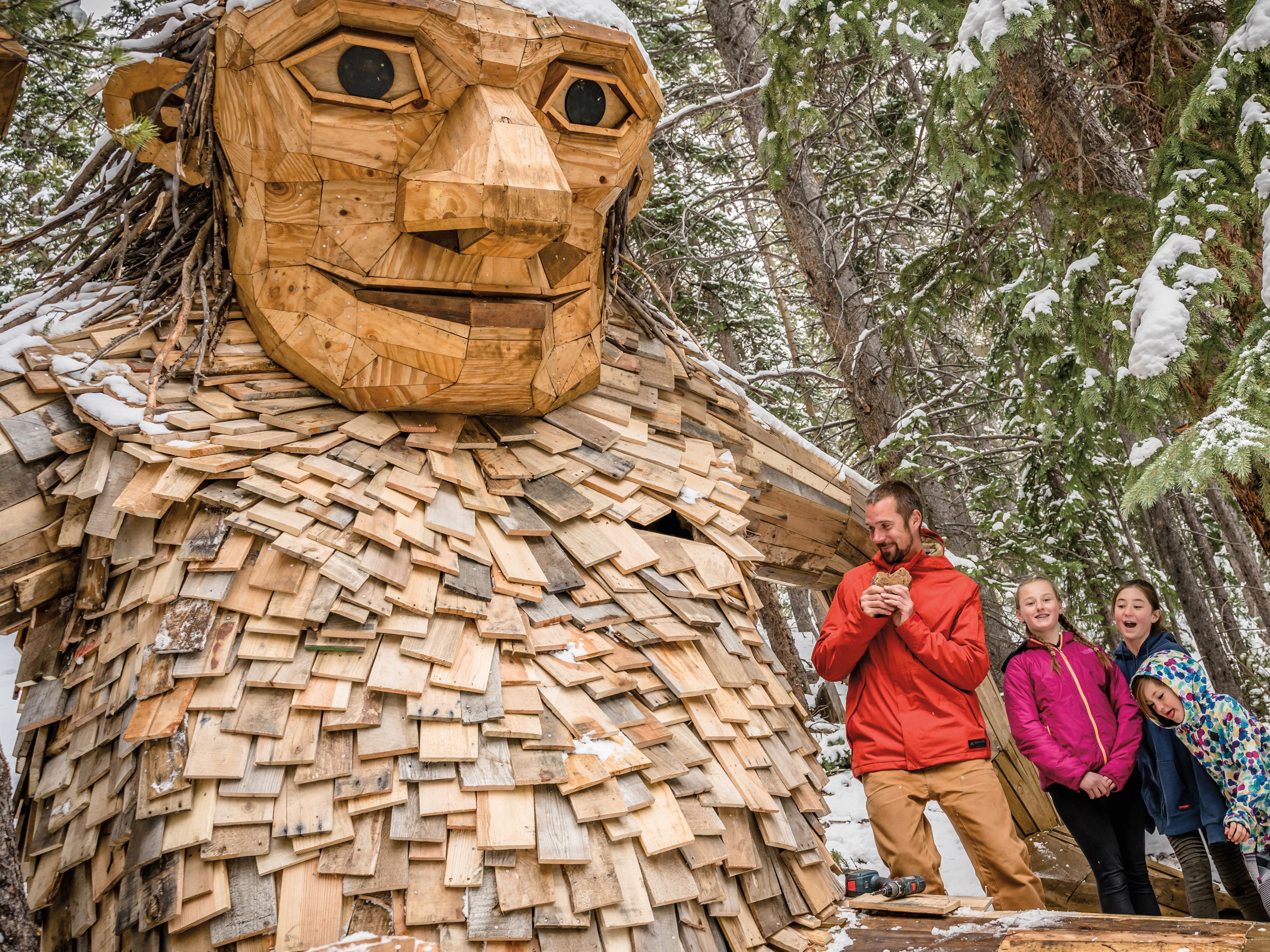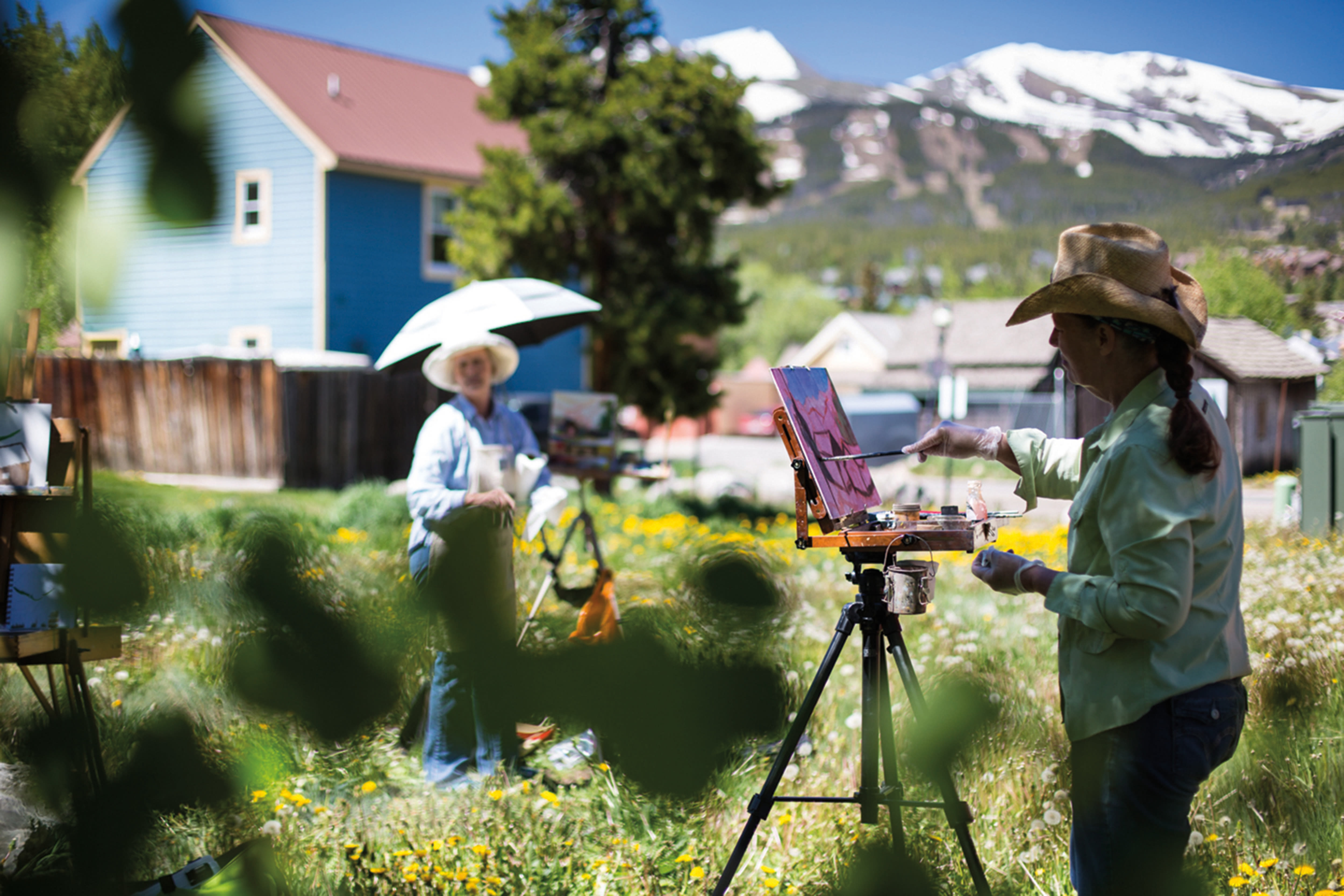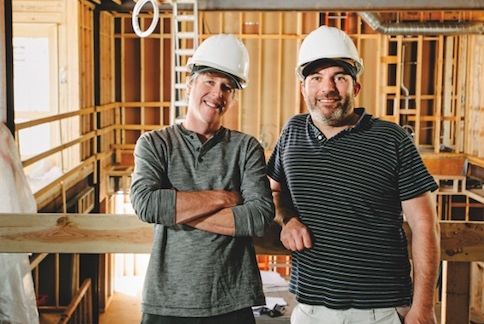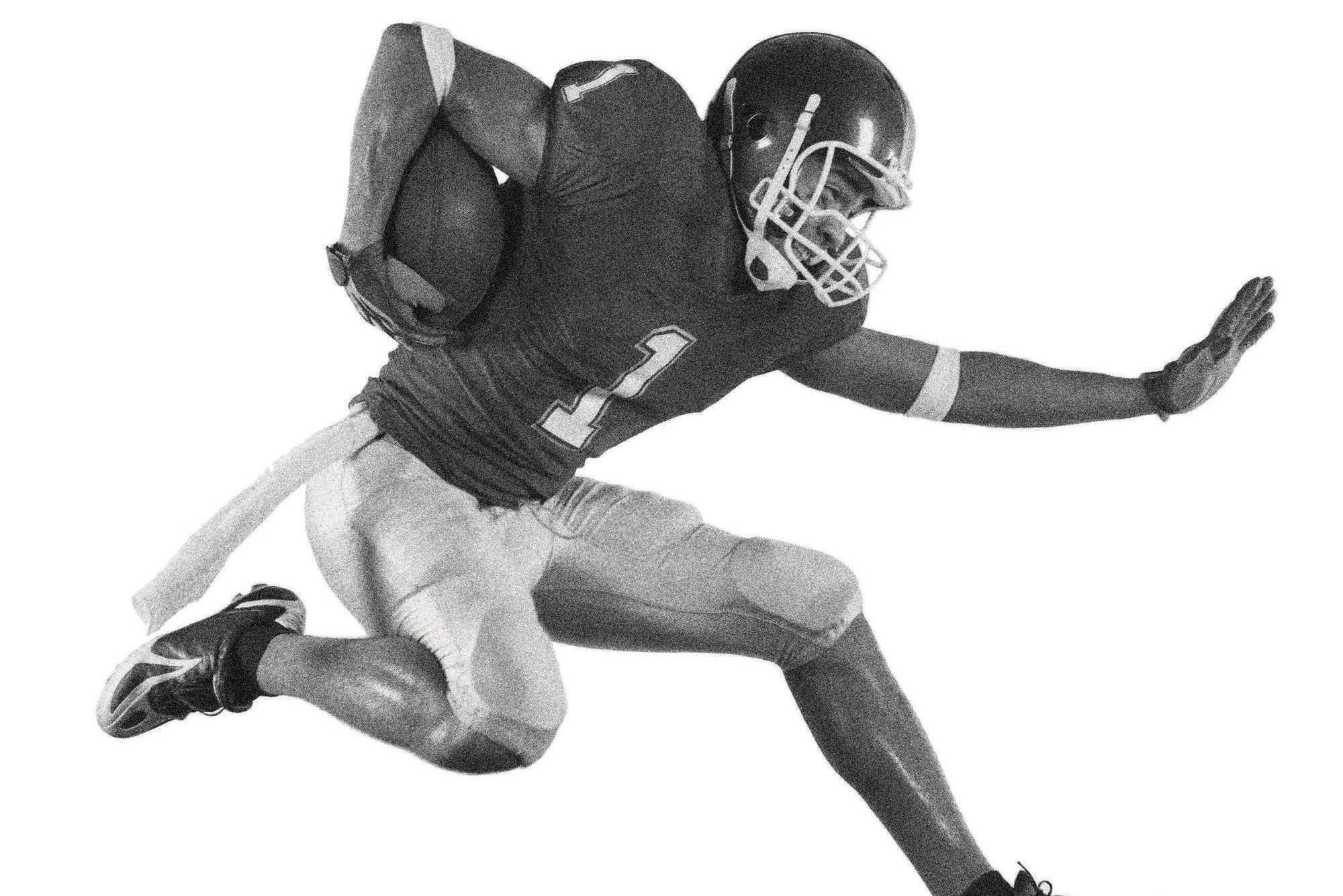Panorama
Fighting for Frisco's Fallen Hero
To honor her late husband and prevent future tragedy, a former air ambulance flight nurse takes a personal crusade for helicopter safety to Congress.
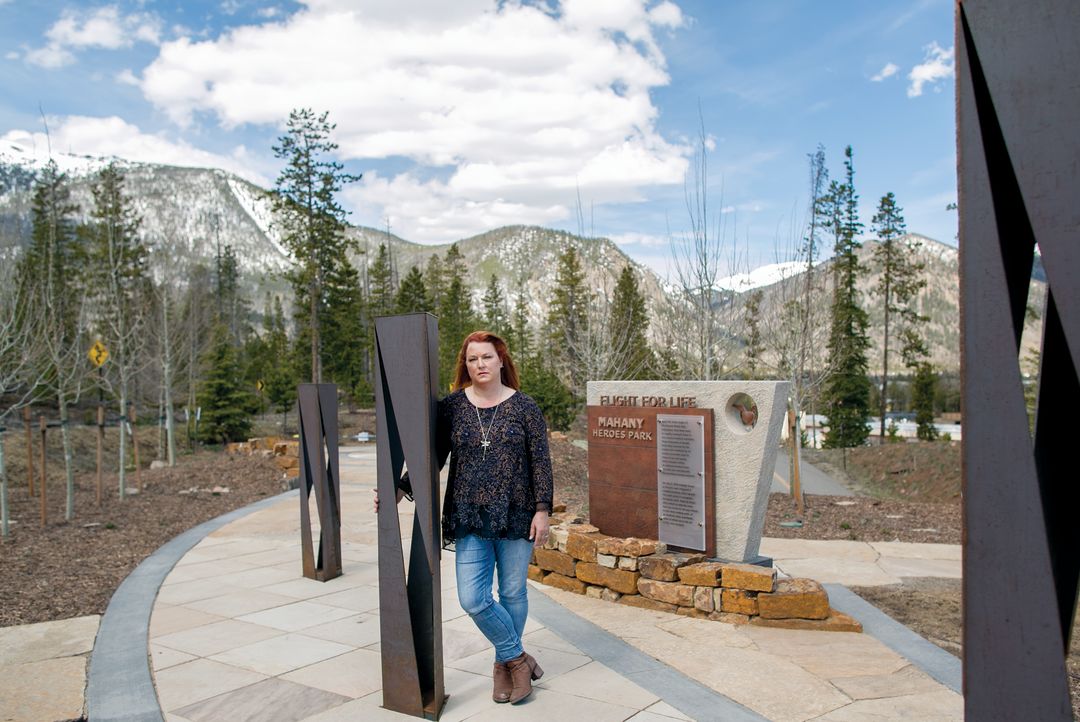
Karen Mahany at a Frisco memorial to her late husband, a Flight for Life helicopter pilot who died after a fiery crash near the site in July 2015.
Image: Dominique Taylor
On the morning of July 3, 2015, Karen Mahany was waiting to be seated for lunch at the Arapahoe Café in Dillon when she heard a fire truck start its siren across the street. She thought little of it, but then her friend Julie Kelble’s phone rang. Kelble was Mahany’s mentor at Flight for Life (FFL), where they once worked as flight nurses. She grabbed Mahany’s arm and said, “Life Guard 2 has crashed. You need to get up. We have to run.”
Mahany’s husband, Patrick, 64, was the on-duty pilot for FFL’s Life Guard 2 helicopter that day in Frisco. The women raced to the crash site, a parking lot at St. Anthony Summit Medical Center, which had become a burning maelstrom. They would later learn that Mahany had barely reached an altitude of 100 feet before the AS-350B3e, spinning from a loss of tail rotor control, plunged to the asphalt, smashing an RV and bursting into flames within six seconds of impact.
When Karen was taken to her husband at the hospital, he already had a breathing tube in his mouth. As she said her goodbyes, his pulse went in and out, then he was gone. An autopsy determined Mahany had died primarily from blunt force trauma, and secondarily from inhalation burns. His injuries included a crushed pelvis, liver and spleen trauma, two broken legs, a fractured wrist, and a free-floating sternum since he broke every rib in his chest. He also had burns on his upper arms and thighs, a result of being trapped in the helicopter for two minutes as a hospital employee, Jimmy Rhodes, heroically waded into the flames with a handheld fire extinguisher, trying three times before he was able to pull Mahany free. Flight nurse Dave Repsher suffered burns on 90 percent of his body and spent the next year in a hospital. Matt Bowe, another flight nurse, broke his back and has since recovered.
Karen and Patrick Mahany met 15 years earlier while working with Flight for Life in Denver. As a decorated Vietnam veteran, he knew the perils of flying; many of his best friends had died in crashes. Yet when Karen sat through a two-and-a-half-hour interview with the National Transportation Safety Board (NTSB) after the crash, one sentence changed the course of her life and sent her on a crusade to change the industry.
“They said, ‘This was a survivable crash,’” but the helicopter wasn’t built as strong as it could’ve been and did not have a crashworthy fuel system, Mahany says.
Mahany learned that although US military helicopters long ago subscribed to the highest safety standards, civilian helicopters were still being built according to model certifications from the sixties and seventies. This included those that carried rescuers like the Flight for Life trio and patients with life-threatening injuries.
She began taking time off from her job as a nurse anesthetist in Denver to push stricter legislation. In May 2016, she flew to Washington, DC, and met with members of Congress, including Sen. John McCain. McCain, a Vietnam vet himself, advised Mahany to unite the Colorado delegation and introduce a bill. “He said, ‘We need to fix this,’” Mahany recalls. “He said, ‘Give me your list of what you need for that helicopter to be safe, and we will get this through Congress. We will change this.’”
Mahany, 47, has since met with Colorado’s senators and legislative representatives and believes a tax credit could entice manufacturers to adhere to higher standards, which is not currently required by the Federal Aviation Administration. While Repsher and Bowe sued the helicopter manufacturer (Airbus) and owner (Air Methods), Mahany has forgone litigation to maintain her voice on the issue.
The NTSB’s accident report, released in March, pointed the finger at Airbus, Air Methods, as well as pilot error. But Mahany still believes stronger helicopters are the answer to avoiding future deaths in survivable crashes. “I’m doing this because my soul was at risk of just drying up and turning to dust, because I was so mad when I started to find these things out,” she says. “When I realized there may be something I can do, it gave me a purpose.”

